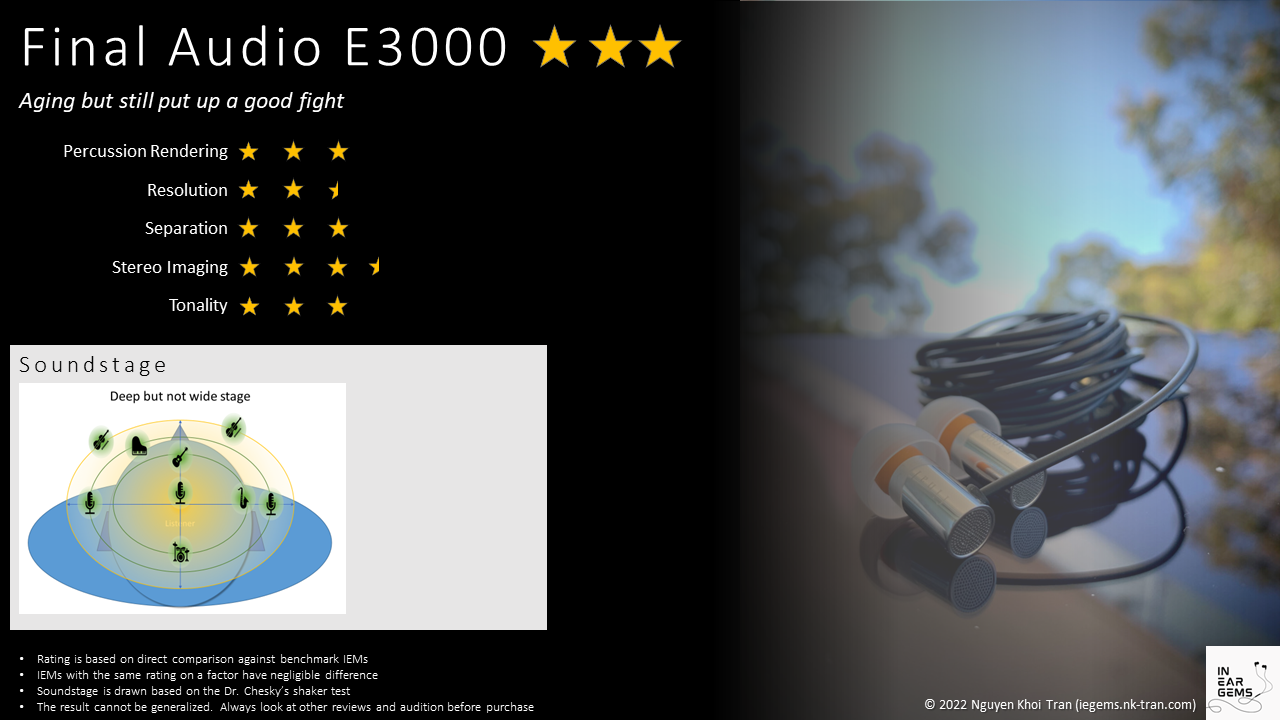Final E3000 - Aging but still put up a good fight
tl;dr: smooth and mature tuning that encourage you to listen at higher volume than usual. Treble is more controlled and detailed than you might expect. Lower frequencies can be quite congested. Good technical performance is there underneath the relaxed tuning.
Introduction
Launched in 2017, earned many rewards, and still being sold today, E3000 is one of the most iconic and enduring earphones from the eccentric Japanese audio manufacturer Final Audio. Unlike other manufacturers, Final does not focus on a “house sound” but on experimentation with tuning and manufacturing processes to deliver different experiences to listener. For example, B series studied the relationship between dynamic range and soundstage and A series was about measuring and achieving “transparency”.
Final E3000 is the focal point of the E series, which focuses on finding a “good” sound at the intersection between acoustic engineering and psychological research results. This IEM aimed to be “standard for years to come” by providing “high definition and flat, natural sound quality.” In some sense, E3000 has indeed become a standard because Final stills uses it as a benchmark nowadays.
But enough with the poetry. The IEM industry has advanced rapidly in the last several years with the onslaught of Chi-Fi manufacturers. How does E3000 fare in 2022?
Non-sound Aspects
Final E3000 is a tiny bullet-shape IEM with fixed cable. The cable seems thin and flimsy but is actually quite well-behaved and comfortable. The IEM can be worn cable-down or above the ears. I personally wear the IEM above the ears as it is more stable. Comfort is very good. I can lie down on the side without any problem because E3000 does not poke out as far as its brother E5000.

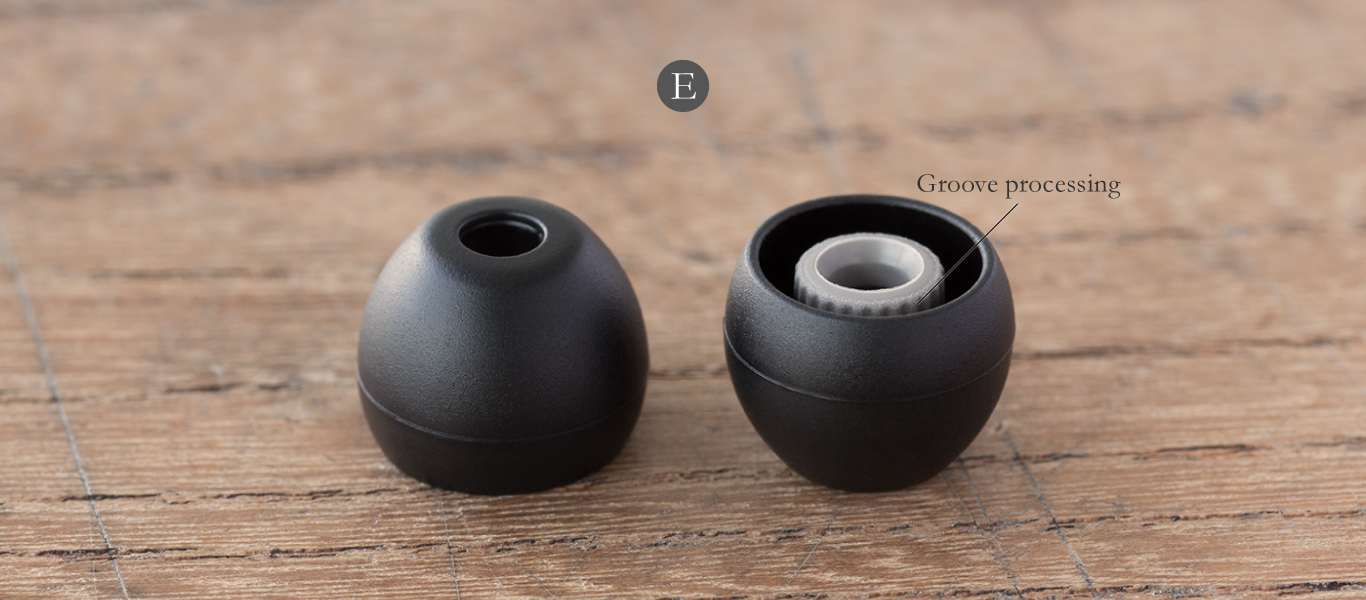
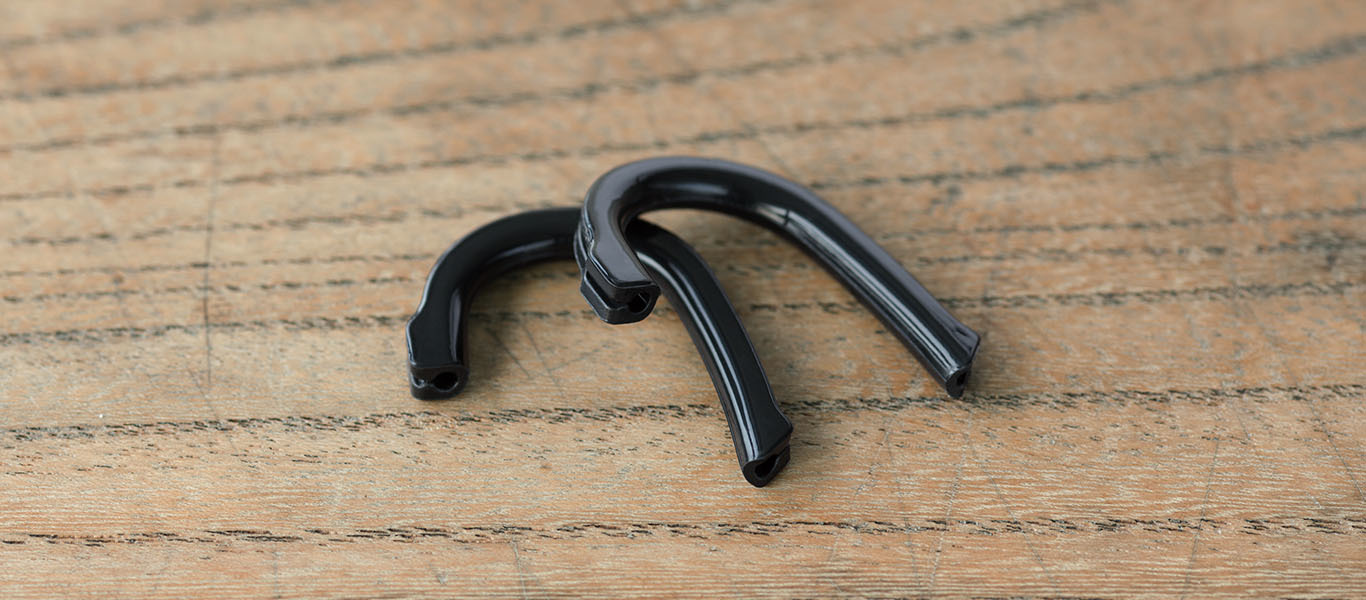
Accessories are spartan but, again, practical. In the box, you will find:
- A cloth carrying bag (I use for carrying my DACs and cables)
- 5 pairs of the legendary Final Type-E ear tips (I cannibalise for my other IEMs)
- 2 ear hooks (I never use)

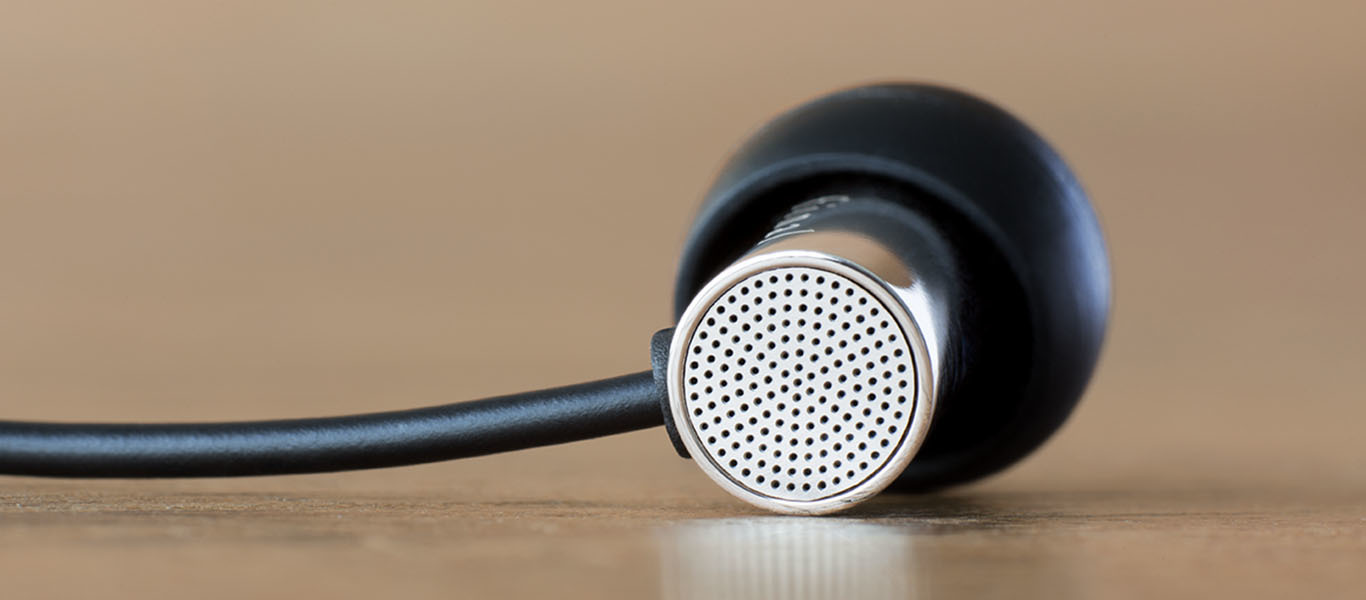
Technology-wise, E3000 uses a tiny 6.4mm full-range dynamic driver that handles details surprisingly well. The ear pieces have an open-back design to help tune the bass.
Despite (or perhaps because of) using a micro dynamic driver, E3000 is harder to drive than expected, though it never sounds horrible even with very bad onboard DACs. You might get away with using an Apple dongle at medium volume without any EQ. However, as soon as you add a negative preamp and turn volume above 75% on Apple dongle to compensate, E3000 would start to sound congested and mushy like a bad onboard DAC. If you pick up this IEM, I recommend having a source with at least 70mW per channel to avoid gimping it.
Sound Analysis
Here is what Final says about E3000:
Not emphasizing specific ranges makes for well-balanced sound reproduction from low through to high frequencies and high definition. Sound is powerful, and combines core low frequencies and clear, reaching mid-to high frequencies that are not masked by the low frequencies; you are able to experience the same kind of sound spread you would were you listening to music in a concert hall. Owing to this, you can enjoy acoustic music, jazz, classical and other music that resonates with the ambience of live sound.
Personally, I dont think the “not emphasizing specific ranges” statement applies to the bass, as E3000 has a lot of wet, thumpy bass. However, the rest of the frequency response is certainly balanced and “flat.” None of the details is overly sharpened and pushed to your face. However, if you turn up the volume so that the midrange is at the right level and pay attention, you will begin to hear fine details like treble air, background vocal, shimmering sound of chimes.
Tonality and Timbre (3/5)
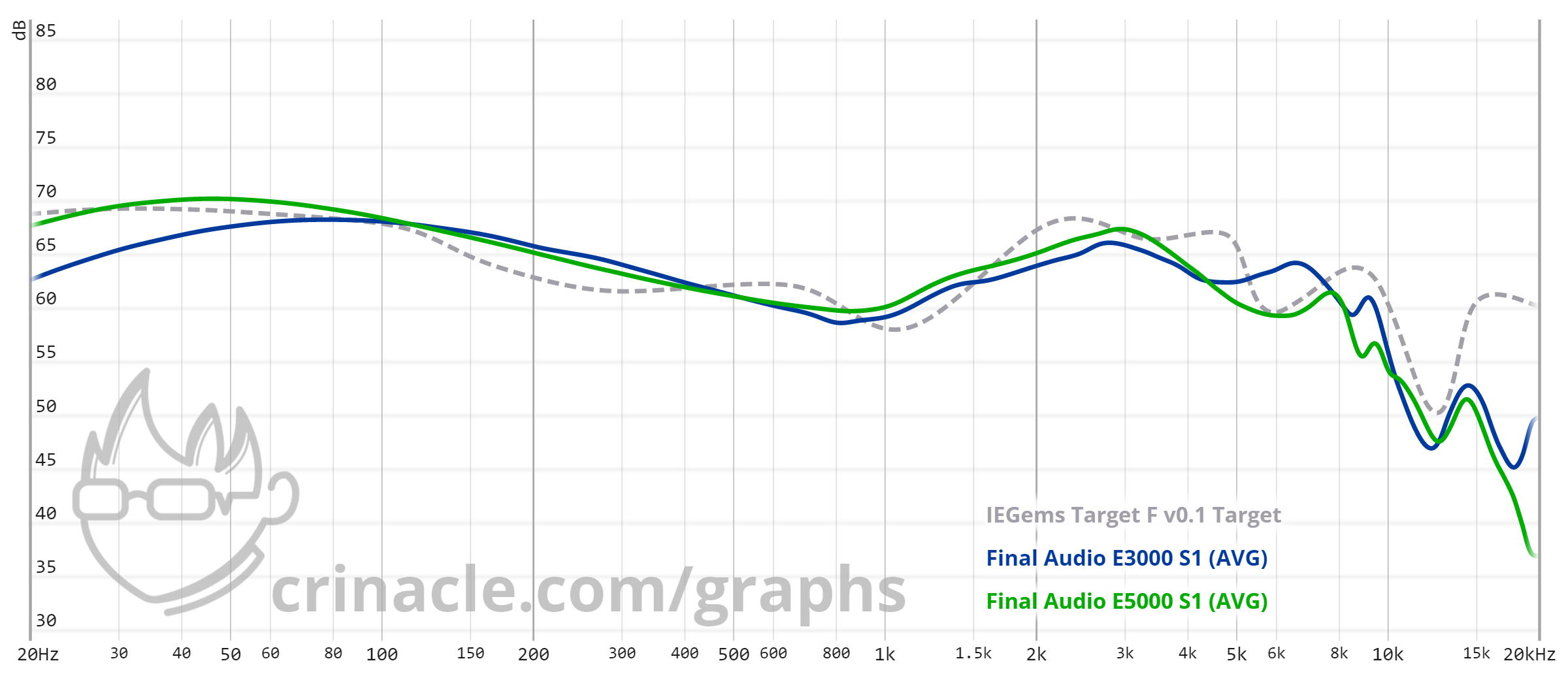
Realistic. Smooth. Warm. Relax. Congested (sometimes).
I’m quite impressed with the midrange of E3000 (300Hz to 4kHz, to be specific). This IEM still has the “correct” ear gain boost centering at 3kHz, but peaking at around 7db rather than 10-12db like other “well-tuned” IEMs. There is no peak in the upper midrange that stabs your ears randomly, so you can safely turn up the volume. The ratio between fundamentals and overtones are well done, contributing to naturalness of voices and instruments and creating a good illusion of 3D depth. Because the lower midrange is not cut, you can hear the whole band rather than missing out on the bass guitars and other low-pitched instruments, which is not the case with some other “well-tuned” IEMs.
The politeness of the midrange carries to the treble. Cymbals and chimes are render correctly with enough detail. However, you really need to turn up the volume and pay attention. E3000’s tuning is not for very low volume listening.
Lower frequencies are troublesome, though. To put it bluntly, E3000 sounds congested if the music you listen has a lot of midbass. I don’t know if it makes sense but it feels to me that the bass energy does not decay fast enough on this IEM. If I EQ, I either lose all the bass punch or end up with some congestion. Another disappointment is that E3000 does not have very strong subbass (i.e., the type that you feel).
Anyhow, the good news is that E3000 is very easy to EQ given its smooth signature. Most of the bass issues are fixed beautifully by E5000 as well. An PEQ profile is given at the end of this review.
Resolution (2.5/5)
Resolution, detail retrieval, or “technical performance” denotes how finely and crisp an IEM or headphone can reproduce audio information. Resolution manifests itself in various aspects: (1) how clear and precise the attack of musical notes are, (2) how pinpoint musical notes are in the soundstage, (3) how detailed and nuanced the decay and reverb of musical notes are, (4) how clear can you hear background elements of a mix and (5) can you hear the whole band or orchestra. A balanced tuning might help but is not a necessity for an IEM to achieve high resolution.
Benchmark IEMs for comparison:
- Andromeda 2020 (5/5): Clear and well resolved across frequency spectrum
- Blessing 2 (4/5): Outstanding midrange but not as well resolved in bass and treble
- Aria (3/5): Benchmark of a good midrange, but not well resolved in bass and treble
- FH3 (2/5): Textureless sound that lacks nuance and details.
With stock-tuning, E3000 does not sound like a detailed IEM. Midrange is where Aria and Blessing 2 pull ahead. On both Hotel Califonia and My Immortal, guitars sound more simplistic and less nuanced on E3000 comparing to Aria and Blessing 2. It’s true that if I sit down and pay careful attention, I can hear the same details, but I don’t think we should spend this much effort.
Treble and air details are where things get interesting. With Now you believe in you, Aria seem clearer at a glance, but if we zoom into the details, we see they trade blows. The claps from 1:00 for example are not clear and distinct on Aria comparing to E3000. The treble details are soft and mushed together, create that “fuzzy” feeling of Aria. The airy details from 2:00 is not as clear on Aria as E3000. The chime at 2:40 is much better on E3000. I also found that the treble of Blessing 2 is splashier and less refined than E3000, though the midrange is definitely better on Blessing 2.
Resolution-wise, I rate E3000 2.5/5: slightly below average due to the veiled midrange. By treble alone, it would have 3.5/5.
Percussion Rendering (3/5)
Percussion rendering reflects how well the tuning and technical performance of an IEM work together to recreate realistic sound of a drum set. Good drum hits have clear attack (controlled by frequencies from 4kHz to 6kHz), full body (midbass frequencies around 200Hz), and physical sensation (subbass frequencies around 50Hz). Good technical performance (“fast” driver) ensures that bass notes can be loud yet detailed. IEMs that cannot control bass very well tend to reduce the bass’ loudness to prevent muddiness.
Benchmark IEMs for comparison:
- E5000 (5/5): Impactful and very full-bodied percussion
- A4000 (4/5): Impactful, but not very full-bodied
- Moondrop Aria (3/5): Average, slightly soft percussion attack, lacking deep impact
- ER2SE (1/5): Clear attack, but no drum body nor impact
E3000 has the drum lines that are not clean, but will hype you up. In Finale (William Tell Overture), E3000 render drums with great, full body. The bass and cello revealed surprising amount of details for example at 3:00 where the bass or cello section carries a melody line. However, the bass line at the beginning is not well defined, showing limitation of the driver.
In Force your way, drum has great body but at the same time a bit mushed together. It’s like the bass frequency does not decay fast enough between two drum hits, so you hear a bass hum constantly between notes. However, drum attacks are decicive and precise. Not quite related to drum, but the pan of piano from left to right at 2:50 is very nice.
E3000 does a good job with Clarinet Polka. Bass is textured and you can hear the melody carried in the bass line clearly. This amount of bass is something that E3000 can handle.
In general, E3000 nails the attack and body of percussion, but lacks control and impactful subbass. Modern IEMs like Aria has less body in the bass than E3000, thus it sounds clearer than E3000. However, upon careful listening, I don’t think Aria controls the bass better than E3000. It’s just that it hides the limitation better.
Percussion-wise, I rate E3000 3/5.
Separation (3/5)
Separation can be considered an alternative aspect of “resolution.” IEMs with good technical performance can keep similar sounding musical lines separated. Tuning can help improve the illusion of separation by cutting midbass and lower-midrange (between 200Hz and 500Hz). However, busy musical passages can still collapse this illusion.
Benchmark IEMs for comparisons:
- Andromeda (5/5): Take advantage of both large soundstage and great resolution for separation.
- ER2SE (4/5): Rely on great resolution, but limited by the size of the stage
- Aria (3/5): Rely on the size of the stage, but limited by the its lack of ability to distinguish similar sounds
- FH3 (2/5): Rely on the size of the stage, but limited by the its lack of ability to distinguish similar sounds
Separation is not a strength of E3000. With bad guy, I can only hear faint mumble on the vocal line on the left from 0:40 with E3000 but I can hear individual words without much difficulty with Aria. With And the waltz goes on, E3000 mostly loses the bass line the stage collapsed when the music gets lush from 1:00. However, there are still some distinction between left part and right part of the soundstage.
E3000 surprisingly good job at rendering a live band in Ed Sheeran - Tiny Desk (Home) Concert. I can hear every instrument at the right place on the stage during the first song. Surprise surprise, E3000 is a bit better than Aria at separating elements in a live mix. At 1:00 when the chorus kicks in, E3000 manages to separate the back up vocals clearly, but Aria somehow managed to mush these lines into the rest of the band. E3000 is better than ER2SE in this track as well, due to the tuning the overall size of the soundstage. Because a lot of information in this track is actually in the lower frequencies, the fact that ER2SE suppresses these frequencies make it very hard to distinguish and separate different elements of the mix.
So, subpar performance in some songs and outstanding performance in others, I would rate E3000 3/5: Average.
Stereo Imaging (Soundstage) (3.5/5)
Stereo imaging or “soundstage” is a psychoacoustic illusion that different elements of a recording appear at different locations inside and around your head. Your brain creates based on the cues such as the loudness and phase differences between left and right channel. Most IEMs do not differ significantly nor can compete with headphones or loudspeakers. However, some IEMs offer a more spacious soundstage than others. Best IEMs can create multiple layers sound from closer to further away and make some instrument floating slight above your head.
Benchmark IEMs for comparisons:
- Andromeda (5/5): Very 3D stage with the illusion that sounds come from different direction and distance. Not necessarily the largest, but one of the most interesting.
- Final A4000 (4/5): Wide and distant stage. The illusion of depth and layering suffers due to the distance.
- Blessing 2 (3/5): Wide but flat, with the center image strictly in your head.
- ER2SE (2/5): Strictly in your head. The width of the stage does not extend far beyond your ears.
Due to the warmer and darker tuning, E3000 does not feel very wide, though still wider than ER2SE. The ear gain centering at 3kHz puts the center image right in the middle of your head, some where behind your eyes just like other IEM with Harman or Diffuse Field tuning. The warmth gives E3000 an edge in depth and layering, with the bass more forward and the background elements further away. The lower separation ability prevents E3000 from producing a good layering effect, however.
We are the world: Great sense of depth and atmosphere with this song. Vocal at 1:50 takes a step back behind the sparkly chime sound at the foreground. From 3:30, you can hear difference in depth between closer vocals on the right and further background vocal on the left. However, the impression of depth is not particularly strong.
Eine kleine nachtmusik - I. Allegro: The cello feels closer than violin for the whole piece, helping with the separation and spatial illusion of the piece.
Ed Sheeran Shivers Official Performance Video: Comparing to Blessing 2, E3000 positions Ed Sheeran’s voice is more or less the same, but the stage has a bit more depth. The keyboard sound is a bit further to the background. Comparing to ER2SE, E3000’s soundstage is larger and more spread out than ER2SE, though ER2SE has an upper hand in terms of the precision of the soundstage.
Soundstage-wise, I would give E3000 3.5/5. It has an advantage in terms of depth, which translate to more immersive orchestral and live performance, but it lacks the refinement to be “holographic”.
Performance after EQ
If you are willing to EQ, there are a lot of value to be extracted from this little IEM. Key changes include:
- Boosting subbass.
- Reducing the lower midrange frequencies around 250Hz to reduce the congestion and free the midrange details.
- Boosting 2kHz region slightly to sharpen up the sound (slightly is the keyword here)
- Boosting 8kHz region significantly to taste, just before your music becomes too piercing.
- Boosting 16kHz region significantly to taste, just before your music has a metallic timbre.
You can find a PEQ profile here. Please change the 8kHz and 16kHz to taste (as described above).
To me, the performance after EQ is quite competitive and pushes the IEM to the limit. The soundstage opens up, midrange is unveiled, treble is shimmering and airy. Bass does not get much better, unfortunately.
Selected comparisons
Let’s talk about how E3000 compete with some “flavour of the month” IEMs:
- Chu: without a doubt, E3000 is a more comfortable IEM to wear. Sound-wise, most of the comparisons between E3000 and Aria apply to Chu.
- CRA: This IEM is exactly the type that Final criticises when designing the E series. And this criticism is a good reason. CRA has over abundant of treble energy around 5kHz and 8kHz, which make the timbre unnatural for some instruments. At the same time, it does not sound as detailed in the treble region as E3000 due to these peaks. IMHO, E3000 is a more thoughtful IEM.
- Tanchjim OLA: on one side, you have an IEM with overly abundant bass (E3000). On the other side, you have no bass (OLA). Your choice. OLA does a great job with treble (which is how it manages to sound so holographic). However, to my ears, E3000 is a bit more resolving across the spectrum.
- Dunu Titan S: on one side, you have a neutral IEM without fault nor character (Titan S). On the other side, you have a bassy and smooth boi with deep soundstage (E3000). Your choice. Titan S does a surprisingly good job at resolving treble details, pretty much on par with E3000. The accessories coming with Titan S are pretty sweet as well.
Conclusion and Personal Preference: 4/5
Personal preference is my entirely subjective and personal opinion about an IEM, based on multiple factors. This score DOES NOT contribute to the rating of an IEM.
I still used E3000 even after getting Andromeda. This little IEM only retired when I bought its younger brother, the flagship E5000. I think that sums up perfectly my thought about E3000.
Upgrade path
Should you get E3000 if …
- you have no IEM? If you want a good sounding IEM and have no intention of joining “head-fi” community, then of course. If you want to geek out about IEMs as a hobby, then perhaps grab something like Aria or Titan S first.
- you have a not-so-great budget IEM? It depends. Coming from a harsh Chi-Fi IEM, you are equally likely to enjoy or be bored with the gentle tuning of E3000.
- you already have something decent like Aria? Go for the flagship E5000 instead.
- you already have Blessing 2 or higher-end IEM? Go for the flagship E5000 instead.
- you want head-shaking, thick, boomy sound? Go for the flagship E5000 instead.
Where to go from E3000
- More clarity? EQ. If you don’t want to EQ, then E5000. If you don’t want lower midrange anymore, then perhaps something tuned to Harman, diffuse field, or Moondrop’s target.
- More immersive soundstage? EQ. If you don’t want to EQ, then E5000 or FD7. Of course, you can always go for Andromeda or 64 Audio Trio.
- More impactful bass? E5000, no doubt.
